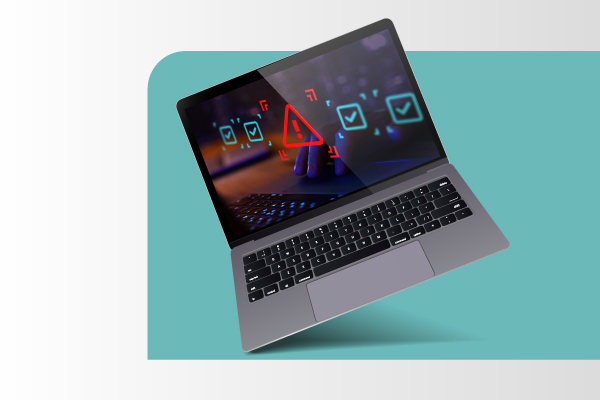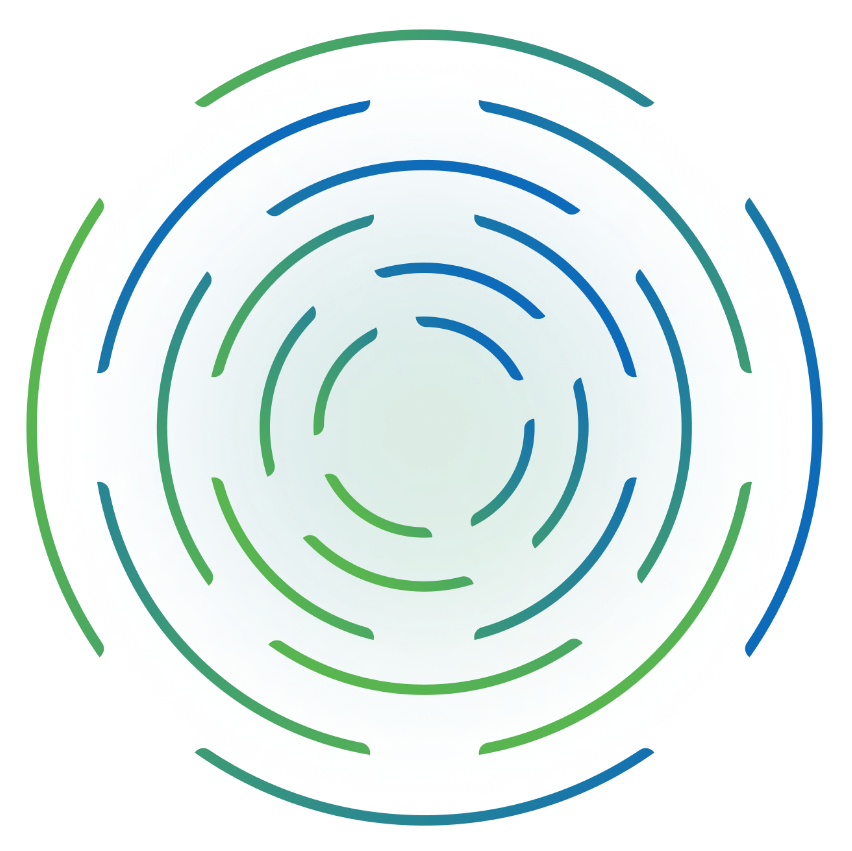Your hybrid IT environment supports huge potential for business growth—and creates enormous complexity for your ITOps team. Your IT specialists must manage a workload-intensive mix of legacy and modern infrastructure that’s fueling massive increases in the volume, velocity, and variety of data. To make matters worse, your teams are likely stuck with a vast collection of disparate monitoring tools from different vendors that hinder their ability to detect issues and quickly determine root cause.
ScienceLogic offers a unified approach to hybrid cloud monitoring that enables automated root cause analysis. Leveraging machine learning and artificial intelligence observability, ScienceLogic automatically detects problems, uncovers the root cause, and delivers the insights needed to remediate issues and reduce mean time to repair (MTTR).
How automated root cause analysis works
When something in an application or IT system goes wrong, experienced IT specialists analyze root cause by determining several things.
- When: Typically, IT teams use metrics like samples of time series data to determine when a problem happened.
- Where: Reviewing traces for applications, microservices, or infrastructure helps teams narrow down where the problem occurred.
- Why: Messages from software logs can reveal events that make very reliable indicators for root cause analysis. When an error occurs in an application, log messages help IT teams uncover spikes in errors, warnings, and alerts that help narrow down the search for root cause. By scanning logs backward, teams can identify known indicators of problems as well as weird or unusual behavior that might be related. Then, relying on their experience and intuition, skilled engineers intuit further connections between unusual events and downstream errors to identify cause. While this process can be successful, it can take hours or days to sift through millions of log messages.
Fortunately, advances in artificial intelligence and machine learning have made it possible to automate these steps. Observability solutions that offer automated root cause analysis use machine learning to emulate each of these steps, generating results that are extremely accurate at speeds that are exponentially faster than human endeavor. These solutions continuously monitor system behavior and learn from historical incidents to improve speed and accuracy. Additionally, they can compare root cause indicators against accumulated knowledge bases using generative AI to identify correlations between rare root cause indicators, their symptoms, and your unique operations environment.
Automated root cause analysis with ScienceLogic’s Skylar Automated RCA
As a leader in IT operations management, ScienceLogic offers automated root cause analysis capabilities in Skylar Automated RCA. Skylar Automated RCA ingests logs and applies machine learning to observe and identify log event patterns and anomalies throughout an IT environment. With an approach that reveals what’s wrong rather than simply showing more data, Skylar Automated RCA enables ITOps teams to move to the next level of incident troubleshooting—while minimizing the burden on IT specialists.
Fix problems up to 10x faster
Manual identifying root cause requires your most experienced operators and developers to sift through countless logs. Skylar Automated RCA’s automated root cause analysis tools all but eliminate this task by automatically ingesting and analyzing log files in real time from your applications and infrastructure. Leveraging machine learning, Skylar Automated RCA analyzes millions or billions of messages to identify patterns and anomalies that would normally take your ITOps team hours to uncover, significantly reducing MTTR.
Learn from previous actions
When Skylar Automated RCA sees a problem for a second time, it can remember the operator’s actions from previous encounters to automatically recommend or execute automation, with the same richness of action that humans use to resolve the issue. This prevents recurring problems from impacting business services.
Catch unknown unknowns
The complexity of modern applications makes it difficult for even the most senior operators to know all possible issues to look for. Traditional monitoring tools look for expected problems and won’t always alert teams to potential issues until it’s too late. ScienceLogic’s Skylar Automated RCA identifies unusual patterns in logs and spots issues that teams and monitoring tools aren’t even looking for.
Get plain language analysis of root cause
Because each log has its own unique syntax and vocabulary, reading log messages can feel like deciphering a foreign language. Skylar Automated RCA automatically translates fragmented details and confusing formats into plain language that’s easy for the whole team to understand. A natural language model generates root cause summaries that describe the systems involved and the relationships between application elements. Skylar Automated RCA also provides a visualization of the most critical keywords from related log messages.
Additional ScienceLogic solutions
Along with Skylar Automated RCA AI Log Analysis, ScienceLogic offers AIOps solutions for IT infrastructure monitoring, hybrid cloud observability, workflow automation, and network management.
The ScienceLogic AI Platform
The ScienceLogic AI Platform is an IT infrastructure monitoring and AIOps platform that sees everything across multi-cloud and distributed architectures. Secure, scalable, and reliable, ScienceLogic’s all-in-one solution consolidates existing IT management tools to power the journey to AIOps and autonomous IT.
SL1, part of The ScienceLogic AI Platform provides:
- Continuous monitoring and full-stack observability. SL1 creates an operational data lake by collecting and normalizing data from all on-premises infrastructure, cloud resources, and applications. ITOps teams can then build queries, generate reports, and configure dashboards to gain actionable insights.
- Business service contextualization. SL1 enables a shift from data-centric to service-centric operations and observability that reveals the business impact of IT incidents and identifies what parts of the business are at risk. By automatically correlating performance events, anomalies, and changes in a service context, SL1 accelerates incident resolution and automates remediation.
- IT workflow and process automation. SL1 automates routine IT processes like ticketing, service request fulfillment, notification, collaboration, and configuration item lifecycle management. ITOps teams can synchronize data flows and workflows across the entire IT ecosystem with pre-built and customizable integrations.
ScienceLogic’s Restorepoint
Restorepoint, part of the ScienceLogic AI Platform, provides compliance-focused network automation and configuration management. Supporting hundreds of vendors, Restorepoint centralizes network device backups to reduce downtime with one-click disaster recovery. With configuration management tools, network operations teams can automate manual, error-prone processes to avoid financial loss and loss of productivity. Automated configuration monitoring automatically detects and alerts teams to changes in network configuration to reduce downtime and eliminate security gaps. Compliance auditing and reporting tools simplify device auditing and automatically detect policy violations.
Why choose ScienceLogic?
Offering AIOps, automated root cause analysis, and network and application automation solutions, ScienceLogic empowers intelligent, automated IT operations to free up IT talent, accelerate innovation and transformation, and drive better business outcomes. The ScienceLogic platform monitors your data and infrastructure wherever it resides, helping to improve availability of business services. Trusted by thousands of organizations across the globe, ScienceLogic’s technology meets the security requirements of the U.S. Department of Defense (DoD) and has been proven for scale by the world’s largest service providers and enterprises.
Named one of the top three vendors in The Forrester Wave™: Artificial Intelligence for IT Operations (AIOps) Q4 2022 report, ScienceLogic supports a variety of use cases with solutions that combine data, analytics, and automation. Enterprises and governments worldwide rely on ScienceLogic to reduce operational costs, increase staff productivity, and improve customer satisfaction.
Automated Root Cause Analysis FAQs
What is root cause analysis?
In IT, root cause analysis (RCA) is a systematic process used to identify the underlying reasons for a problem or incident in an application or system. To investigate an issue, RCA collects and analyzes data to determine the fundamental cause of the issue, rather than just addressing the symptoms. The goal of RCA is to implement solutions that prevent the problem from recurring, improving system reliability and performance.
What is automated root cause analysis?
Automated root cause analysis uses advanced algorithms and machine learning to identify the underlying causes of issues in IT apps and systems. Automated tools use telemetry to collect and analyze vast amounts of data, such as logs, metrics, and traces, detecting patterns and correlations that point to the source of a problem. By continuously monitoring system behavior and learning from historical incidents, automated root cause analysis can quickly and accurately pinpoint the root cause, enabling faster resolution and reducing downtime.
What is telemetry?
Telemetry is the automated process that collects, transmits, and analyzes data from remote sources to monitor and manage the performance and health of IT systems. Telemetry is made easier by OpenTelemetry, an open-source project that provides standardized tools, APIs, and libraries for collecting telemetry data, including metrics, logs, and traces, from applications and infrastructure. It enables comprehensive observability by ensuring consistent data collection and interoperability across different monitoring and observability tools.








